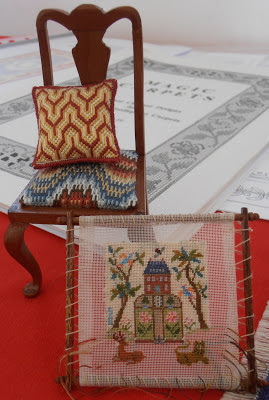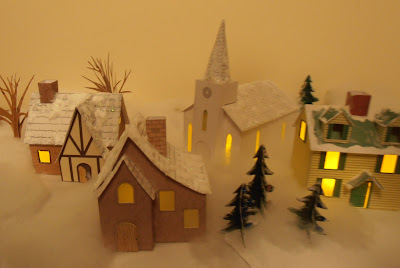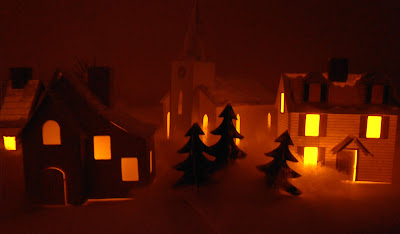 |
| A Miniature Father Christmas |
Thank you so much for following my blog this year and for the encouraging comments and emails I've had. It has been a pleasure writing about our wonderful, creative miniatures and dolls house hobby.
I wish you all
a very Merry Christmas
and I sincerely hope that 2013 will be a great year for you! See you in the New Year!










